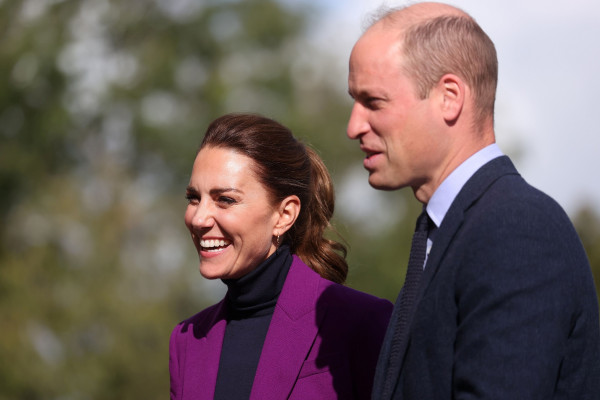Amid King Charles's Health Crisis, Prince William Assumes Greater Royal Duties

As King Charles III faces a challenging battle with cancer, Prince William has emerged as a pivotal figure within the royal establishment, assuming greater responsibility and control amidst his father's health crisis. The Prince of Wales, along with his aunt Princess Anne, has expanded his roster of engagements, stepping in for the monarch during this critical period.
Royal historian Ed Owens noted that Prince William, traditionally drawn to high-profile events, is now adapting to the more routine demands of the monarchy, a shift necessitated by King Charles's diagnosis and treatment regimen. Buckingham Palace's announcement on February 5 revealed that the King had commenced regular treatments following a cancer diagnosis, prompting a temporary step back from public-facing duties.
In his first public address since the diagnosis, King Charles expressed profound gratitude for the outpouring of support and underscored the importance of public understanding and support for cancer patients worldwide. This personal acknowledgment highlighted the King's resolve and the widespread concern for his wellbeing.
Amidst this backdrop of concern and adjustment, Prince William's role has become increasingly central. "He’s taken more control at the palace, staying in constant contact with Charles’ aides,” a source disclosed, emphasizing William's proactive approach to managing royal affairs during this period.
While the King continues to engage in state business and official paperwork, the practical implications of his treatment—particularly the reported increased tiredness—have necessitated a recalibration of duties within the royal family. Prince William's enhanced role is seen as a testament to his readiness and capacity to support the monarchy in times of need.
This period of uncertainty has also spurred speculation about the potential for an accelerated succession, with some insiders suggesting that King Charles might consider abdication in favor of Prince William and Kate Middleton. Such a move, while speculative, reflects the broader considerations at play within the royal family as they navigate the King's health challenges.
The dynamic within the royal family, particularly between Prince William and Kate Middleton, underscores a collective commitment to maintaining the continuity and stability of the monarchy. As they prepare for the possibility of an earlier-than-anticipated ascension to the throne, the Duke and Duchess of Cambridge are poised to adapt to the evolving demands of their roles, underscored by a shared dedication to their duties and to each other.
In this complex and evolving situation, the royal family's resilience and adaptability are being tested as never before. With Prince William at the forefront of this transitional phase, the monarchy is navigating a path marked by personal challenges and the unwavering pursuit of duty.














